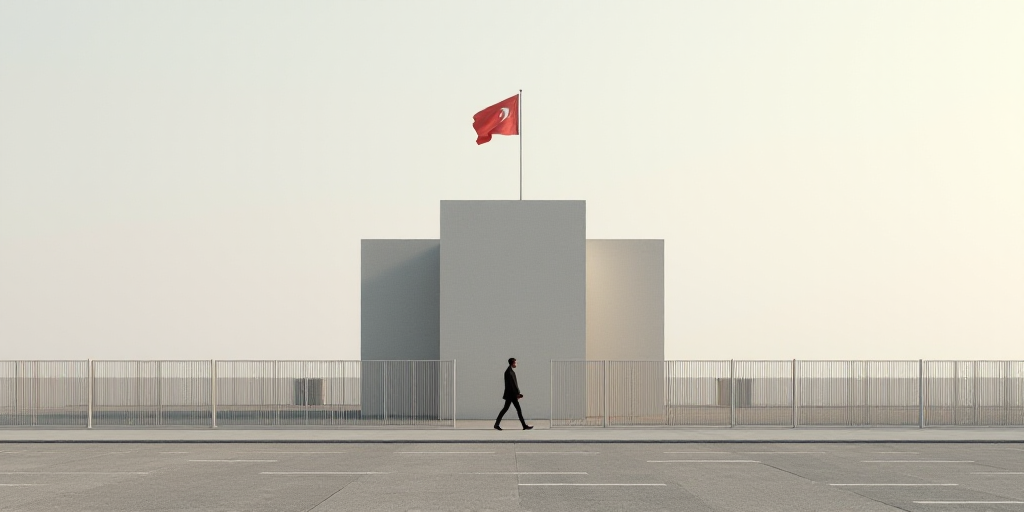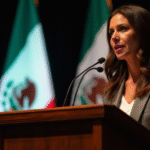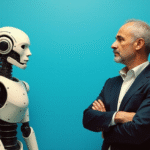Tariffs Likely to Increase Inflation and Unemployment, Says Fed Governor
According to Michael Barr, a governor of the Federal Reserve (Fed), President Donald Trump’s tariffs are expected to boost inflation and potentially raise unemployment. Barr, along with most of his colleagues, prefers to wait for more clarity before making any interest rate cuts.
Barr’s Concerns on Inflation and Unemployment
Barr highlighted that low-income households cannot afford price increases, making it crucial to keep inflation on target. The Fed aims for a 2% inflation rate, with the latest measurement at 2.1%. Analysts anticipate that a government report to be released today will show an increase in inflation for May.
Market expectations include further rate hikes in the coming months as businesses pass on cost increases resulting from tariffs to consumers. Barr expects tariffs to drive up inflation, with households estimating a sharp increase in prices in the short term according to surveys. He also mentioned that supply chain adjustments and second-round effects could cause “some persistence of inflation.”
Barr warned that tariffs could slow down the economy and raise unemployment, particularly affecting low-wage workers when the labor market weakens. The current unemployment rate stands at 4.2%, with low layoffs but also weak hiring. If businesses start letting go of workers, the unemployment rate could rise rapidly, as noted by Fed Chair Jerome Powell.
Tariffs and Inflation Pressure
Thomas Barkin, president of the Fed of Richmond, stated that tariffs are very likely to put upward pressure on inflation in the coming months. Barkin expressed his belief that price pressures will emerge, saying this during a meeting of the Business Economics Association of New York.
While tariffs have had modest effects on measured inflation so far, Barkin anticipates more pressure due to companies expecting to pass on at least part of Trump’s import tax hikes. However, he does not expect the impact on inflation to be nearly as significant as during the pandemic, with signs that consumers may avoid tariffed products, limiting some benefits of higher inflation.
Fed’s Policy Stance Amidst Uncertainty
During the last Federal Open Market Committee (FOMC) meeting, the Fed maintained its overnight interest rate between 4.25% and 4.5%. The uncertainty surrounding economic prospects keeps the central bank on the sidelines as expectations suggest tariffs will increase inflation this year while suppressing growth and hiring.
Barkin acknowledged that the Fed faces risks regarding its employment and inflation mandates, citing uncertainty in the economic outlook. He refrained from specifying the direction of monetary policy, warning that several scenarios are in play for the interest rate target and that timing is less critical than many expect.
Market futures predict the Fed will cut rates at the September FOMC meeting. Barkin told reporters after his speech that policymakers should never dismiss any option while continuing to seek data on interest rate policy adjustments.
“Given the strength of the current economy, we have time to patiently follow developments and allow visibility to improve,” Barkin said. “When it does, we will be well-positioned to address whatever the economy requires.”
Barkin described recent inflation data as “encouraging” and employment growth as “healthy.”
Key Questions and Answers
- What are the Fed’s primary concerns regarding tariffs? The Fed is worried that tariffs will increase inflation and potentially raise unemployment, disproportionately affecting low-income workers.
- How do tariffs impact inflation? Tariffs are expected to put upward pressure on inflation, with businesses passing on increased costs to consumers. Supply chain adjustments and second-round effects could also contribute to persistent inflation.
- What is the current unemployment rate? The current unemployment rate stands at 4.2%.
- What are market expectations for future interest rate cuts? Market futures predict the Fed will cut rates at the September FOMC meeting.
- How do recent inflation data and employment growth look? Recent inflation data are described as “encouraging,” and employment growth is deemed “healthy.”






